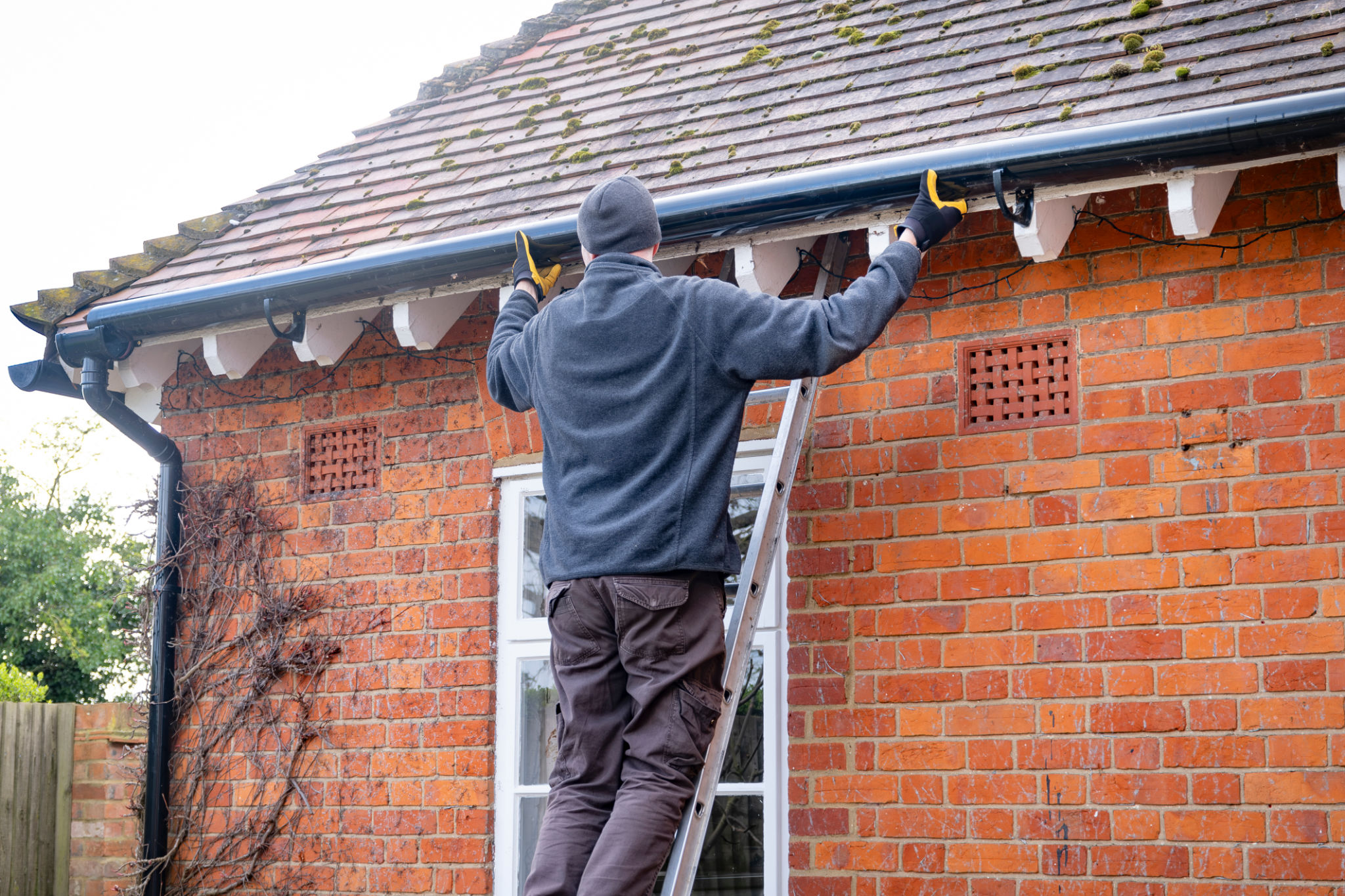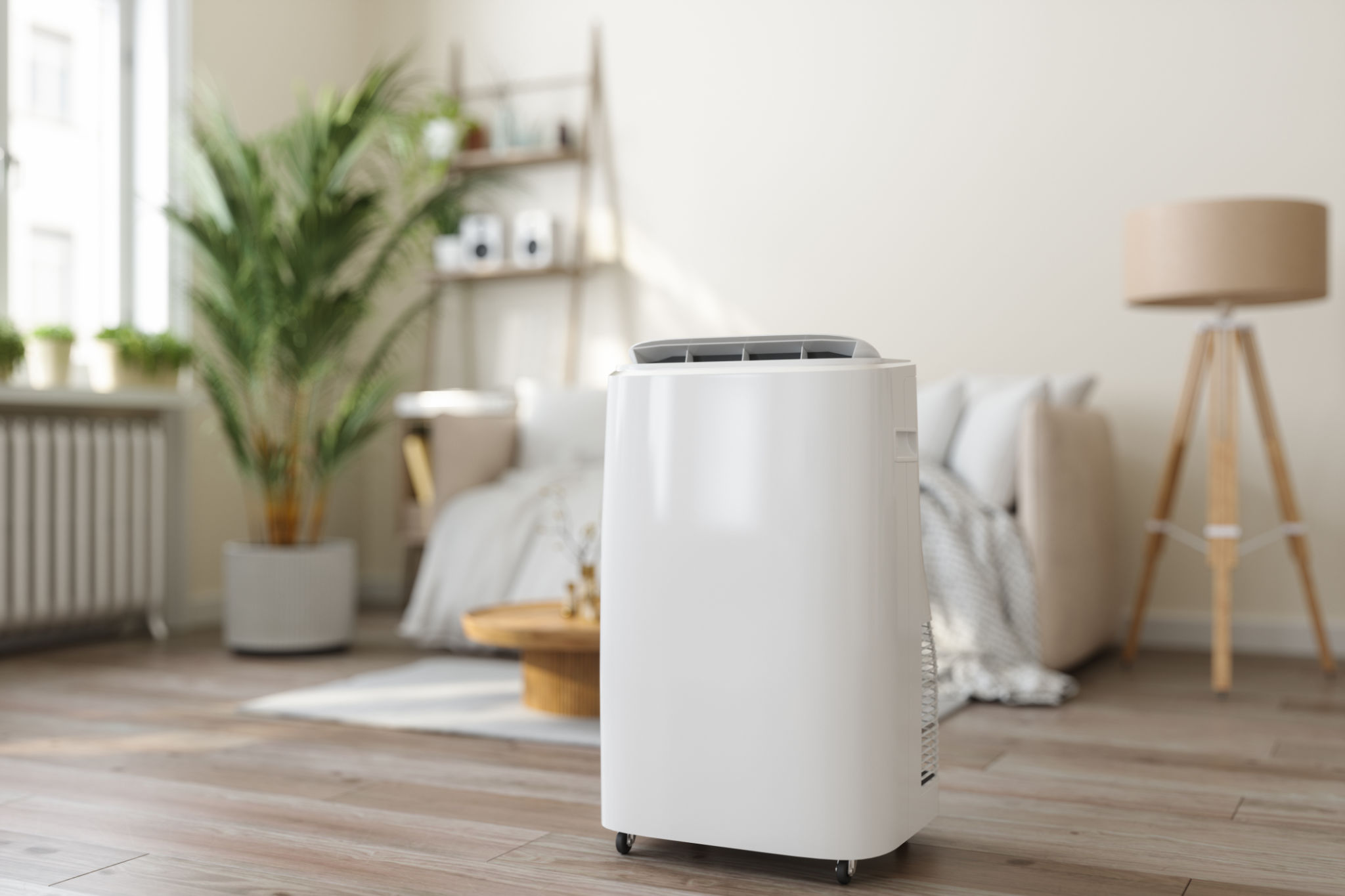Seasonal Maintenance Tips for a Dry Basement in Peoria
Understanding the Importance of Seasonal Maintenance
Maintaining a dry basement in Peoria can be quite challenging, especially with the varying seasonal conditions. The transition between seasons often brings changes in humidity, rainfall, and temperature, all of which can affect the condition of your basement. Regular maintenance is essential to prevent moisture problems that can lead to mold, mildew, and structural issues.
By taking proactive steps to manage these factors, you can ensure your basement remains dry and safe throughout the year. Focusing on seasonal maintenance not only protects your home but also saves you from costly repairs in the future.

Inspect and Repair Gutters and Downspouts
One of the first steps in maintaining a dry basement is ensuring that gutters and downspouts are in good condition. These components play a crucial role in directing water away from your home's foundation. During the fall, leaves and debris can clog gutters, leading to water overflow that may seep into your basement.
Make it a habit to clean gutters regularly and ensure that downspouts extend at least six feet away from your foundation. If you notice any leaks or damages, repair them promptly to prevent water from pooling near your home.

Seal Cracks and Gaps
Inspect your basement walls and floors for any visible cracks or gaps. These small openings can allow water to seep into your basement, especially during heavy rains or melting snow. Use a high-quality sealant to fill any cracks you find.
It's also wise to check for gaps around windows and doors in the basement. Weather stripping or caulk can be used to seal these areas effectively. Regular inspections and timely sealing can significantly reduce the risk of water intrusion.
Maintain Proper Grading Around Your Home
The land around your home should slope away from the foundation to prevent water accumulation. Over time, soil erosion or landscaping changes can alter the grading, causing water to pool near your home.
Check the grading around your home each season, especially after heavy rainfalls or significant landscaping work. If necessary, add soil to improve the slope and ensure water flows away from the foundation.

Install a Sump Pump
A sump pump can be an invaluable tool for keeping your basement dry, particularly in areas prone to flooding or heavy rainfall. This device helps remove excess water from your basement, preventing it from rising to dangerous levels.
If you already have a sump pump, make sure it's functioning correctly by testing it at least once a year. Consider installing a backup power source to ensure it operates during power outages.
Control Indoor Humidity Levels
High humidity levels can promote mold growth and make your basement feel damp. Use a dehumidifier to regulate humidity levels, especially during the warmer months when moisture tends to increase.
Aim to keep indoor humidity levels below 60% to create an environment that is less conducive to mold and mildew growth. Regularly empty the water collection tray of your dehumidifier, or opt for a model with a continuous drainage option for convenience.

Regularly Check for Signs of Moisture
Even with preventative measures in place, it's essential to consistently monitor your basement for any signs of moisture. Look for musty odors, damp spots on walls or floors, or visible mold growth.
If you notice any of these signs, address the issue immediately by identifying the source of moisture and taking corrective actions. Early detection is key to preventing more significant problems down the line.
By implementing these seasonal maintenance tips, homeowners in Peoria can effectively manage moisture levels in their basements and protect their homes from potential water damage. Regular attention and timely intervention are the cornerstones of maintaining a dry, healthy basement environment.
